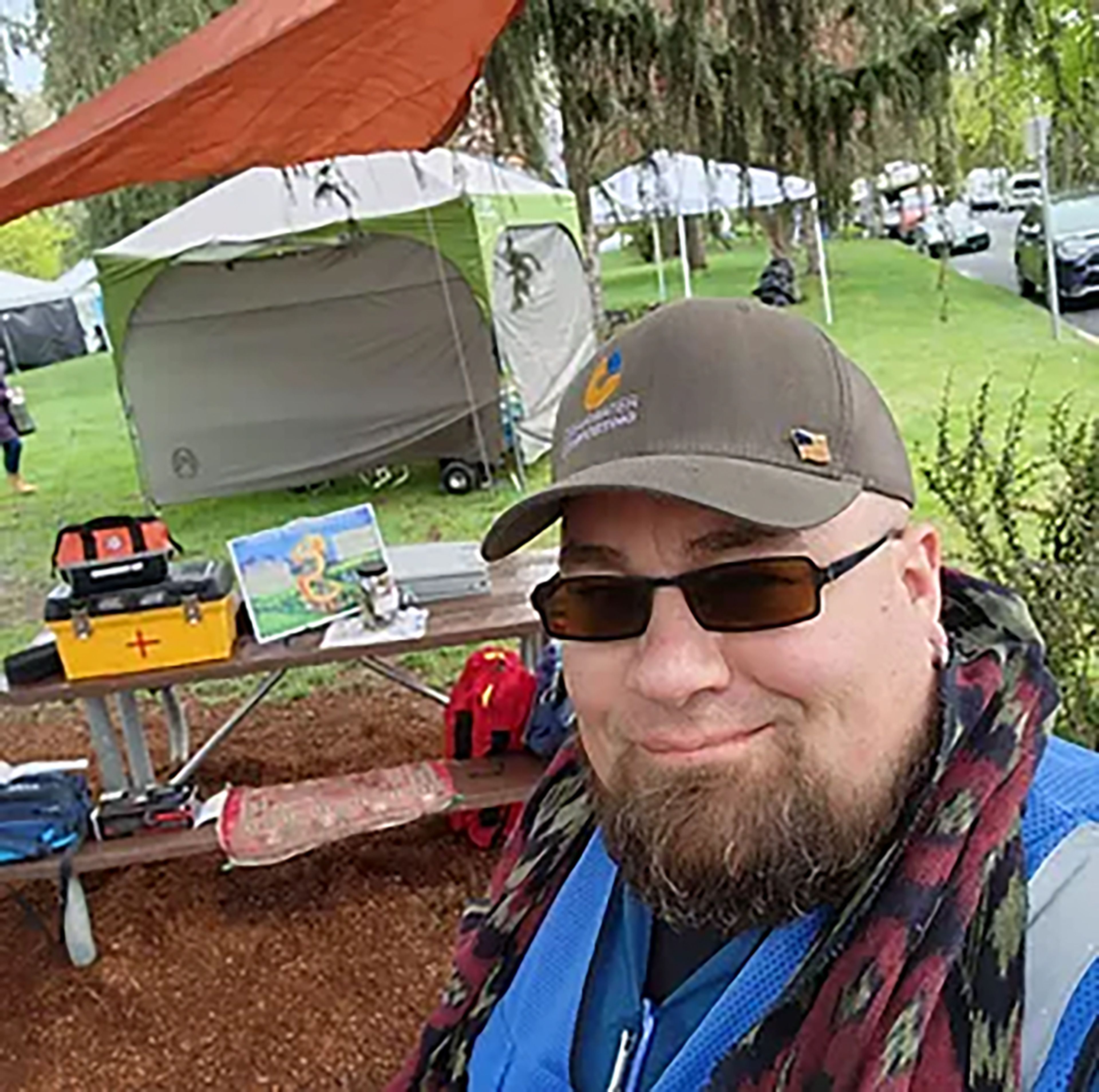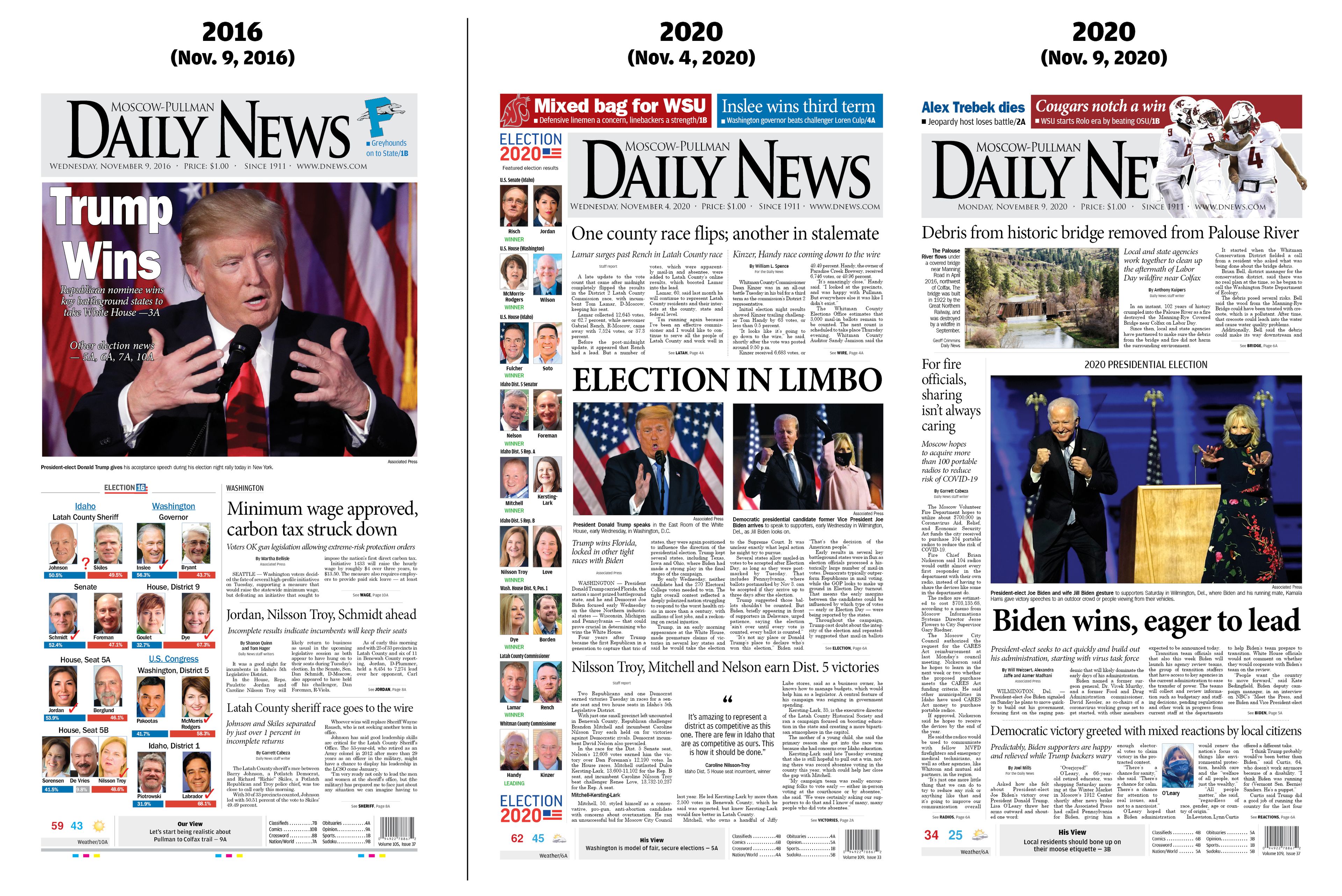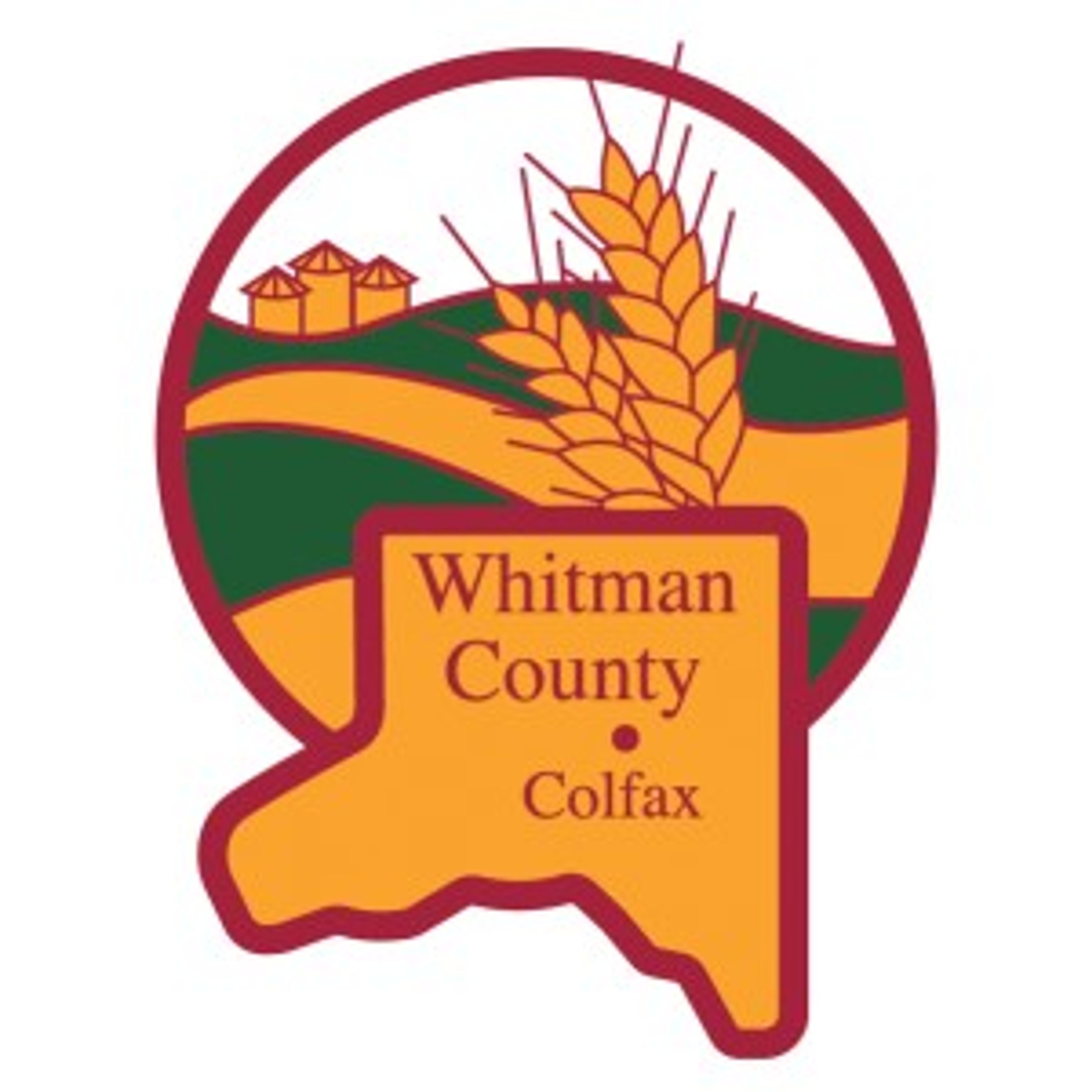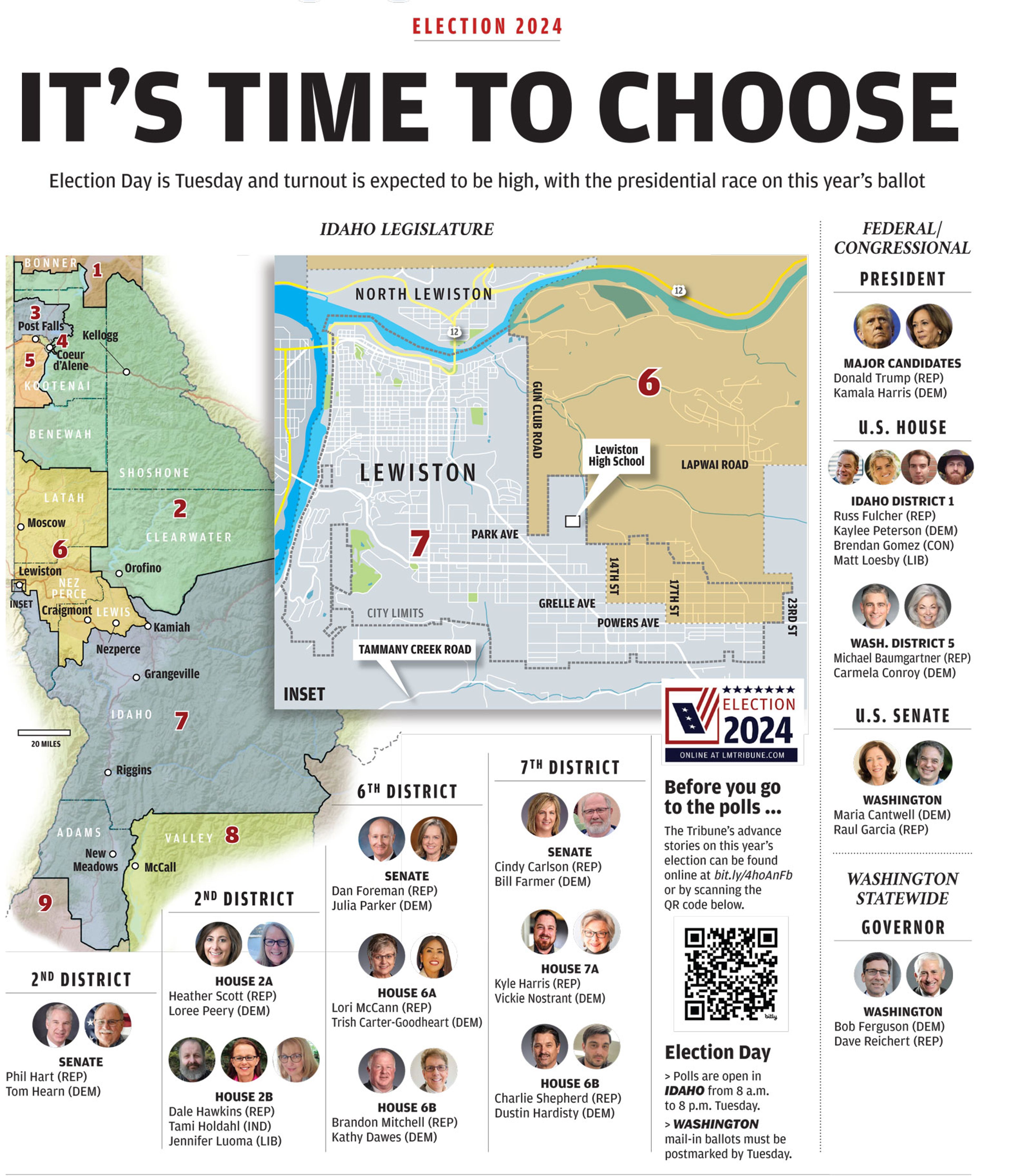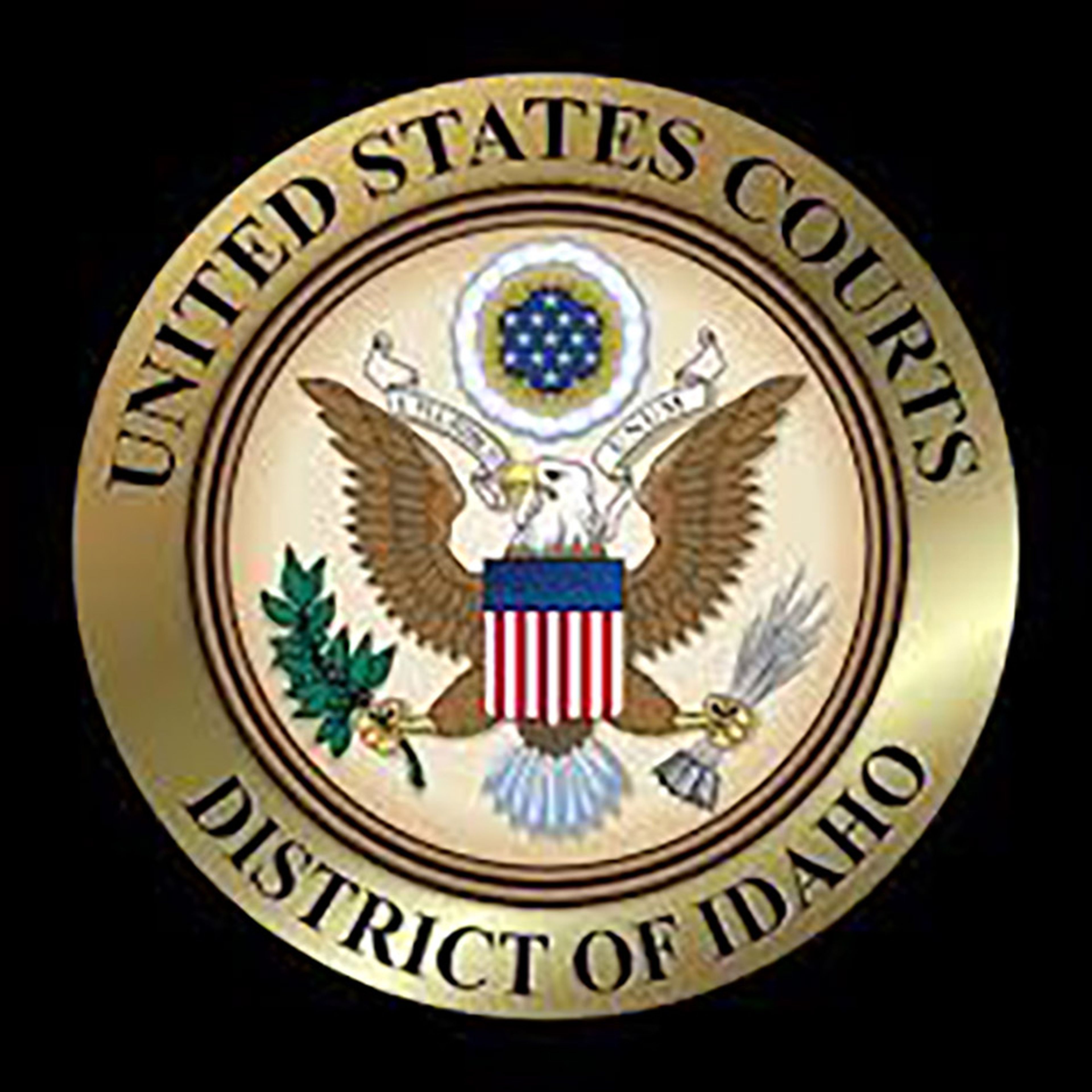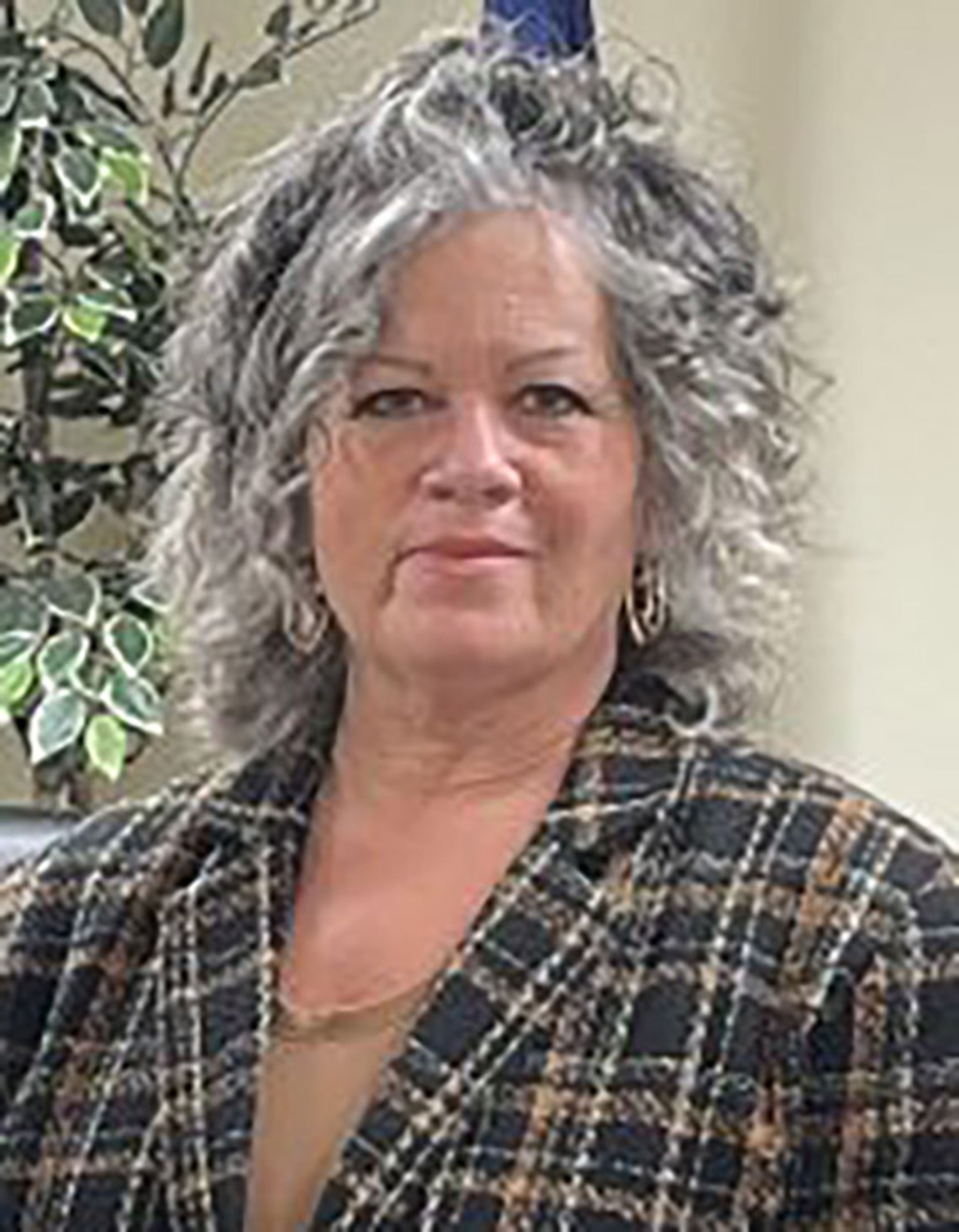Deaths in Idaho are 20% higher than average, and 2021 is far from over
COVID-19 has overtaken other causes of death, even among people in their 20s
Since the pandemic began, an estimated 2,851 to 4,516 more Idahoans have died who likely wouldn’t have in pre-pandemic times.
The coronavirus disease is now the top killer of Idahoans of Native American, Asian and Hispanic descent. This year, COVID-19 is poised to be the No. 2 killer of Idahoans in their 20s — after not even breaking into the Top 10 causes of death for that age group last year.
Until Tuesday, none of the COVID-19 deaths in Idaho were among children.
The Idaho Department of Health and Welfare reported Tuesday that an infant in Southwest Idaho died in October from the disease. In addition, at least two stillbirths in Idaho have been attributed to COVID-19.
Data from the U.S. Centers for Disease Control and Prevention show a large increase in deaths among Idahoans since February 2020, compared with the average between 2015 and 2019.
Each week from mid-September through mid-October of this year, Idaho recorded 61% to 90% more deaths than average, the CDC data show.
Nationwide mortality peaked over the New Year, at 49% above average — a rate Idaho has surpassed eight times since the pandemic began.
State data show a similar pattern. The Bureau of Vital Records and Health Statistics this month provided the Idaho Capital Sun with Idaho mortality data.
Here’s what they said:
- 10,746 Idahoans died between January and September 2018.
- 10,755 died between January and September 2019.
- 11,543 died between January and September 2020.
- At least 12,907 Idahoans died between January and September 2021.
Idaho’s peak for COVID-19 mortality stretched into October, and those death counts haven’t yet been tallied.
It can take weeks for deaths from any cause to show up in state and federal data, because of the time needed to determine a cause of death, then produce and process a person’s death certificate.
While the state’s population boom in recent years may account for some of the increase, Idaho’s net population growth was about 2% between 2019 and 2020, as the Idaho Press reported this year. The difference between 2021 so far, and pre-pandemic years, is about 20% more death.
Some of Idaho’s COVID deaths are different from 2020. Some aren’t.
The higher death toll in Idaho for the past 20 months was primarily caused by COVID-19 itself, data show.
But the CDC data show an estimated 318 to 1,322 Idahoans lost their lives for other reasons, including the pandemic’s toll on overall health and wellness.
According to the Idaho Bureau of Vital Records and Health Statistics, the coronavirus disease pushed its way ahead of almost all other causes of death.
COVID-19 is the third leading cause of death in Idaho as of the end of September. It ranked No. 3 for all of 2020, as well. But only nine months into the year, the disease already makes up a larger share of Idahoan deaths than it did last year.
That is even more evident among certain groups.
COVID-19 was the top killer of Hispanic Idahoans in 2020 — making up 19% of all deaths in that group. This year, preliminary data through September show COVID-19 making up 21% of all deaths among Hispanic Idahoans, trailed by cancer at 12%.
COVID-19 is poised to be the most common cause of death this year among Native Americans and Asian and Pacific Islanders, too. Last year, it ranked second or third behind heart disease and cancer.
Health care providers have told the Sun that Idahoans of color are more vulnerable to infection (they’re more likely to work in high-risk jobs), less likely to have access to health care, and may have language barriers that increase their vulnerability.
The delta variant also proved fatal to younger Idahoans this year.
The disease appeared nowhere in the Top 10 causes of death for 2020 among Idahoans in their 20s. This year, as of September, it is the third most common cause, directly responsible for the deaths of nine Idahoans in their 20s.
For Idahoans in their 30s, COVID-19 went from the No. 7 cause of death (2% of all deaths in that age group) to No. 4 so far this year (7% of deaths). For Idahoans in their 40s, it went from No. 6 (5% of all deaths) to No. 3 (11% of all deaths).
Why? Those age groups have a low vaccination rate, according to state data.
Are we seeing casualties of an overwhelmed health care system?
As the latest wave of COVID-19 crushed Idaho’s health care system, hospitals began in late summer to delay any surgeries and procedures that would take up a hospital bed overnight but wouldn’t immediately save a person’s life.
Kootenai Health in Coeur d’Alene had to pause those surgeries three months ago, according to Dr. Karen Cabell, chief physician executive of the medical center.
“We’ve got a backlog of more than 2,000 patients (who need surgery), and we’re trying to accommodate as many urgent, emergent surgeries as possible,” Cabell said in an interview last week. “We have a backlog of open heart surgeries that need to be done.”
Idaho also entered “crisis standards of care” in September — a real-life doomsday scenario that allows hospitals to triage patients and ration health care when they’re overwhelmed, to save as many lives as possible.
Idaho’s intensive care units have been more than 85% full since mid-August, and more than half of those patients had COVID-19. In normal times, that would be in the 60% to 70% range.
Several times since September, there were only six or seven empty ICU beds in the entire state. Hospital physicians and nurses told the Sun it could take hours to find an open bed in a hospital that could take one of their patients.
“I think it was Friday night or Saturday night, I had a bad COVID patient who needed to be admitted … and he was ready to go at 9 p.m.,” Dr. Patrick “Paddy” Kinney of St. Luke’s McCall told the Sun in September. “Now, I knew that he needed to be admitted, and the hospitalist down in Boise agreed that he needed to be admitted. There was not a bed available for him until 2 a.m.”
Kinney had to keep the man in the ER for the next five hours. The man eventually made it to the Boise hospital but later died.
With the health care system backed up, it can take longer for people to get help. Only now are some hospitals going back to doing surgeries, Health and Welfare Director Dave Jeppesen said in a media briefing Tuesday.
“When will we exit crisis standards of care, is a question many people have. One of the reasons that this question is on people’s minds is due to the delayed surgeries and other treatments,” Jeppesen said. “For those of you who are experiencing the delay and medical treatment, my heart goes out to you. I can only imagine how difficult that delay must be.”
Jeppesen said the situation likely will not improve until “the surge of patients being driven by COVID-19 no longer exceeds the health care resources available.”
Audrey Dutton, senior investigative reporter, joined the Idaho Capital Sun after 10 years at the Idaho Statesman.
This story originated at the Idaho Capital Sun, a nonprofit news organization delivering accountability reporting on state government, politics and policy in Idaho. Several Sun staffers are former reporters at the Moscow-Pullman Daily News.
